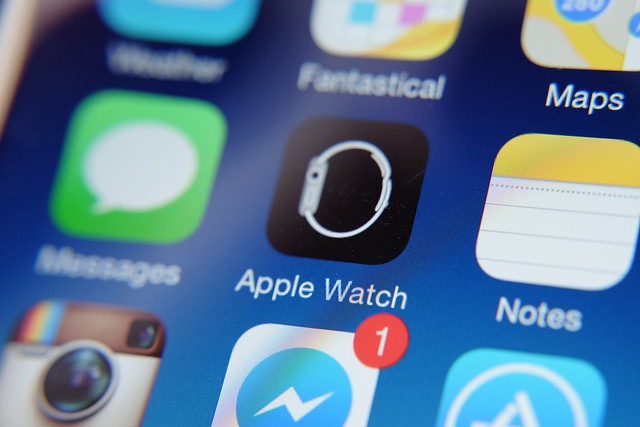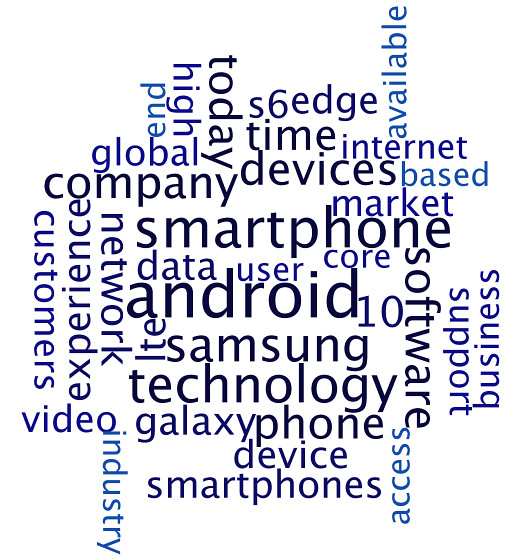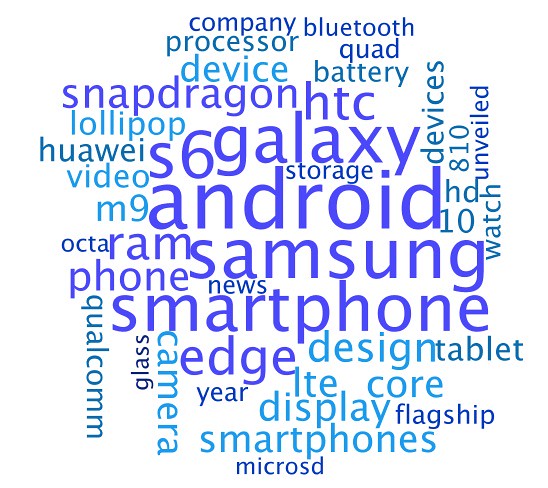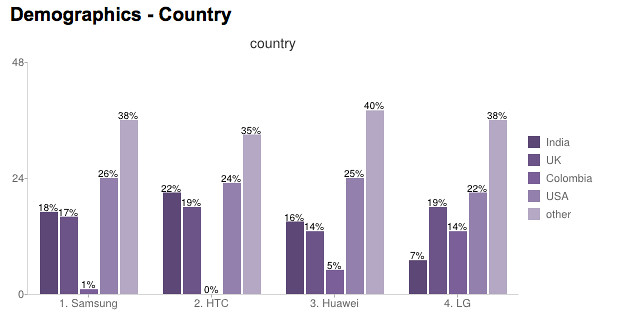Apple Spring Forward event
I started this post a few hours after watching Tim Cook and company launch a number of product revisions under the title of Apple Spring Forward. The most anticipated of which was the Apple Watch. I was in full Post Traumatic Apple Event Disorder mode. I have collated some of my thoughts about the event below and tried to order them into some sort of cogent narrative.

AppleTV
The reduction of cost in Apple TV hardware at the Apple Spring Forward event was an interesting move. Apple has decided to go for market share rather than margin with the device and the incumbent HBO Now service might be just the catalyst to drive adoption. That Apple is leading with a HBO streaming service tends to imply that Apple has likely given up on trying to build its own ‘cable channel over IP’ offering. It does raise another interesting question about how other studios will want to handle their content in iTunes or via a an app similar to BBC iPlayer. Apple is passing on to consumers the cost benefits of using the older silicon design that powers the Apple TV. It also means that the Apple TV is the least powerful computer in Apple’s product range – including phones and tablets. The AppleTV is an egalitarian device rather a luxury brand product and a vote against widespread 4K adoption; unless the price discount is making room for a premium 4K capable device at a later date?
Social Enterprise
Apple’s moves at becoming a ‘social enterprise’ were interesting. For an organisation so polished at presenting itself to the outside world, the ResearchKit announcement and the case study with Christy Turlington felt awkward. ResearchKit was delivered in a flat manner and didn’t explain how the product fitted in with Apple’s position on user privacy. Turlington’s appearance was like a particularly sycophantic Charlie Rose interview. There was a lot to talk about without having to ‘over-reach’ for celebrity endorsement.
Apple needs to work harder picking the spokespeople to burnish its reputation, the nature of the projects and the deliver to be less cringeworthy. The very nature of the product and design story means that Apple already has a certain amount of implicit moral imperative and the company should be more in-tune with that.

Apple Watch
I am deeply conflicted by a lot of the discussions around the Apple Watch, for a number reasons:
I haven’t used an Apple Watch, but watching others use it in the demos made me think that it is fiddly and dare-I-say-it: hard to use. It could be un-Apple in nature
Scott Galloway points to the Apple Watch and describes Apple as having transitioned to a luxury brand. The Edition watch maybe a luxury product, but not all of the Apple product range are luxurious – the AppleTV at a new price point of $69 implies ubiquity. This maybe a specific choice to get scale for the media content that other luxury Apple devices need to function. Just in the same way that quality newspapers couldn’t survive solely on sales to luxury consumers. What does this mean for those Apple customers who use the the devices as professional or creative tools?
Much of the debate revolves around what luxury consumers want by people who can’t afford to buy the Edition version of the watch. Do the kind of luxury shoppers who wouldn’t care about a $13,000+ watch have a smartphone, or a smart person to organise their lives? An astute reader of Popbitch will soon realise that the celebrity accessory to have is a personal assistant, not a bejeweled Vertu. Secondly, not being available is a luxury as privacy and time are the preserve of the reach in an always-on world
Many of the more positive predictions depend on the Chinese luxury market. The luxury market is changing in China. Luxury goods are used as tools in China; if you look successful, you are more likely to be successful in a culture that relies on high-touch personal relationships to facilitate business. However, consumers are becoming more sophisticated and moving away from at least some of the gaudier products. The Middle East may be a more opportune market for Apple.
A second use case in the Chinese luxury market is that of a compact storage of value for capital flight or making a payment. The culture of payments for favours is being clamped down on my the Xi administration which has been made visible by a 20%+ drop in luxury watch sales. I don’t know the way plutocrats would likely jump on the gold Apple Watch.
‘Apple Watch is just an iPhone remote control‘ Craig Johnson senior analyst at Piper Jaffray – heard on Bloomberg TV. ‘Luxury watches are a store of wealth, an Apple Watch isn’t‘. Which is probably true for many people on Wall Street, but may not true for the truly rich.
Apple MacBook
The MacBook carried the biggest dissonance for me and was arguably the biggest disappointment of the Apple Spring Forward event. For long time Apple customers, MacBook means entry level laptop. They used to come white polycarbonate shells that matched the iMac G4 and Apple eMac. Instead the MacBook seems to reflect status:
- A price point above the MacBook Air, but less powerful and less adaptable
- Good battery life, but underpowered for many tasks
- Three finishes including a gold colour that screams status in the iPhone line
- A single port which made many of geek friends freak out with anger. The morning after one of my friends posted on Facebook about the single port: I am still angry. I use a Retina MacBook Pro at work and suffer from a lack of ports for external drives (including an optical drive), Ethernet, a secondary display and a card reader for multimedia work. The MacBook has a single port which replaces the MagSafe with a USB connection. For business users or creatives the machine is gloriously impractical and destroys their investment in things like the Apple Cinema display. I currently an Apple TV and have tried to screen-cast over Wi-Fi to it for presentations, it doesn’t like video at all. When I travel I usually present, for business users who travel regularly like me the MacBook feels like a pig-in-a-poke. Is the MacBook then decided to be a luxury consumer device?
The trackpad which is being rolled out across other Apple laptop models looked attractive to me. The next generation of keyboard seems to be less convincing. I suspect its attractiveness will be inversely proportional to your touch typing speed due to the lack of haptic feedback from shorter key travel. Despite the price point difference, I suspect that the MacBook is actually designed to cannibalise some Apple iPad sales as an executive toy – I don’t know whether it will.
That’s my take on the Apple Spring Forward event, but I would be interested on your take on it.
More information
Post Traumatic Apple Event Disorder
On Smart Watches, I’ve Decided To Take The Plunge
The Watch Post
Size Zero Design | 厌食症设计
Questions I Have About Apple’s Business | Apple 业务挑战
CES Trends
Waking from an Apple Watch hangover « Observatory
New Apple Stuff and You | The Wirecutter




